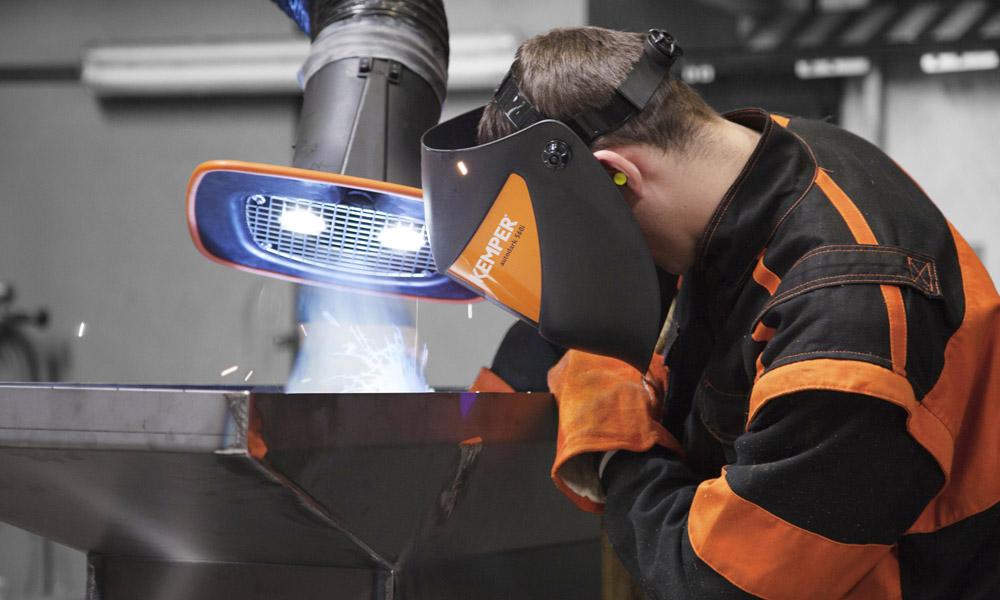
When it comes to welding, having the right supplies is essential. It allows you to complete the welding process safely and more efficiently. However, the kind of supplies you need vary depending on the type of welding process you use.
Therefore, before you go ahead and purchase high quality welding supplies, you need to get to know the different types that are available in the market. This will ensure that you make an informed purchase decision.
Different Types of Welding Supplies in the Market
In the market, there are many types of welding supplies available to meet the needs of different welding processes and materials. Let’s take a look at 6 of the most important supplies you need for a welding assignment.
● Welding Machines
A welding machine, also known as the welding power source, is an essential piece of equipment. It generates electricity that, in turn, creates the heat required for welding metals. There are different kinds of welding machines, each designed for specific welding processes. MIG welders, TIG welders, stick welders, and multi-process welders are some of the common types of power sources available in the market.
● Welding Cables
A welding cable is a special electric cable used to transmit the electrical current generated by the power source to an electrode or wire. It usually features a single-core stranded copper conductor, insulated by a thermoset jacket made from either EPDM, Neoprene or Super Vu-Tron.
Similar to the welding power supply, there are different classes of welding cables, each with its own voltage and ampacity ratings. Class M and Class K cables are the most commonly used welding cables.
● Electrodes
Also known as a filler metal or welding rod, a welding electrode is one of the most essential welding supplies you need. The electrode is basically a metal wire or rod coated with a flux material. The electrode conducts the current generated by the welding power supply to create an electric arc. The arc melts and fuses both the electrode and base metal to create a weld joint.
Welding electrodes are one of the most important welding supplies and are available in different forms, such as stick electrodes, solid wire electrodes, flux-cored wire electrodes, and TIG rods. The choice of an electrode should always be based on the welding process and the type of material being welded.
● Shielding Gas
Certain welding processes like Metal Inert Gas (MIG) and Tungsten Inert Gas (TIG) require the use of shielding gas. The gas protects the weld area from atmospheric contamination and ensures a clean and strong weld. Argon, Helium or a mixture of both is most commonly used as a shielding gas since they are non-reactive.
● Welding Safety Equipment
When welding, you’re exposed to intense heat, sparks, UV radiation and blinding light. Welding safety equipment keeps you safe and well-protected from these hazards. Some of the welding supplies you need for your safety include specially designed welding helmets, heat and shock-resistant gloves, flame-resistant welding jackets or aprons and safety boots.
● Welding Accessories
Welding accessories include welding clamps or magnets to hold workpieces in position, wire brushes to clean the weld area, welding pliers or multi-tools for holding electrodes and welding curtains or screens to create a safe work zone. Although these accessories are non-essential welding supplies, having them can improve your welding performance and output.
Conclusion
It’s important to note that the welding supplies you require will vary depending on the welding process you use and the metals that you intend to weld. If you’re unsure of the kind of supplies you require, consider consulting a welding professional. Alternatively, you may also refer to welding manuals to get more information on the nature of the equipment you need for your specific application.




